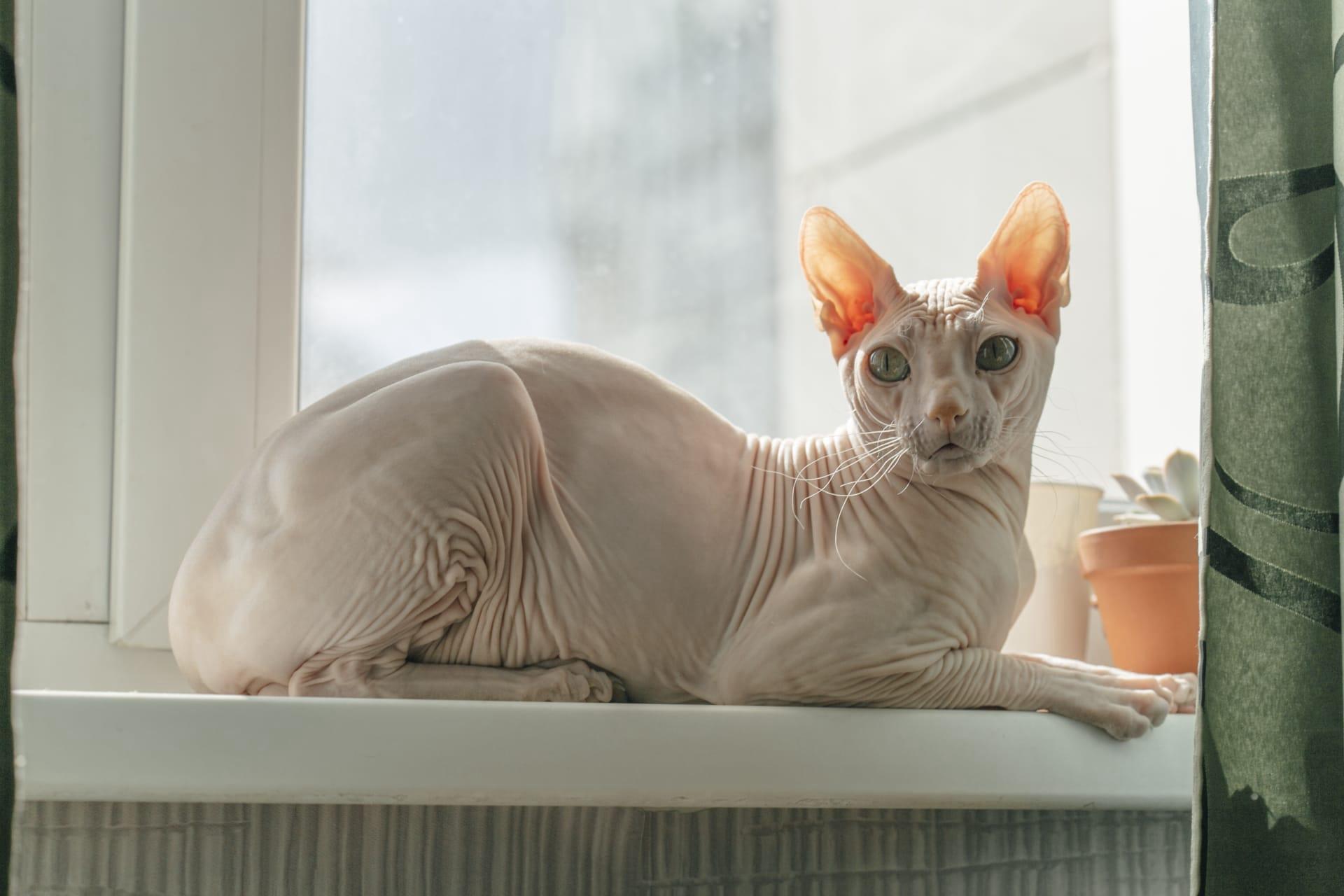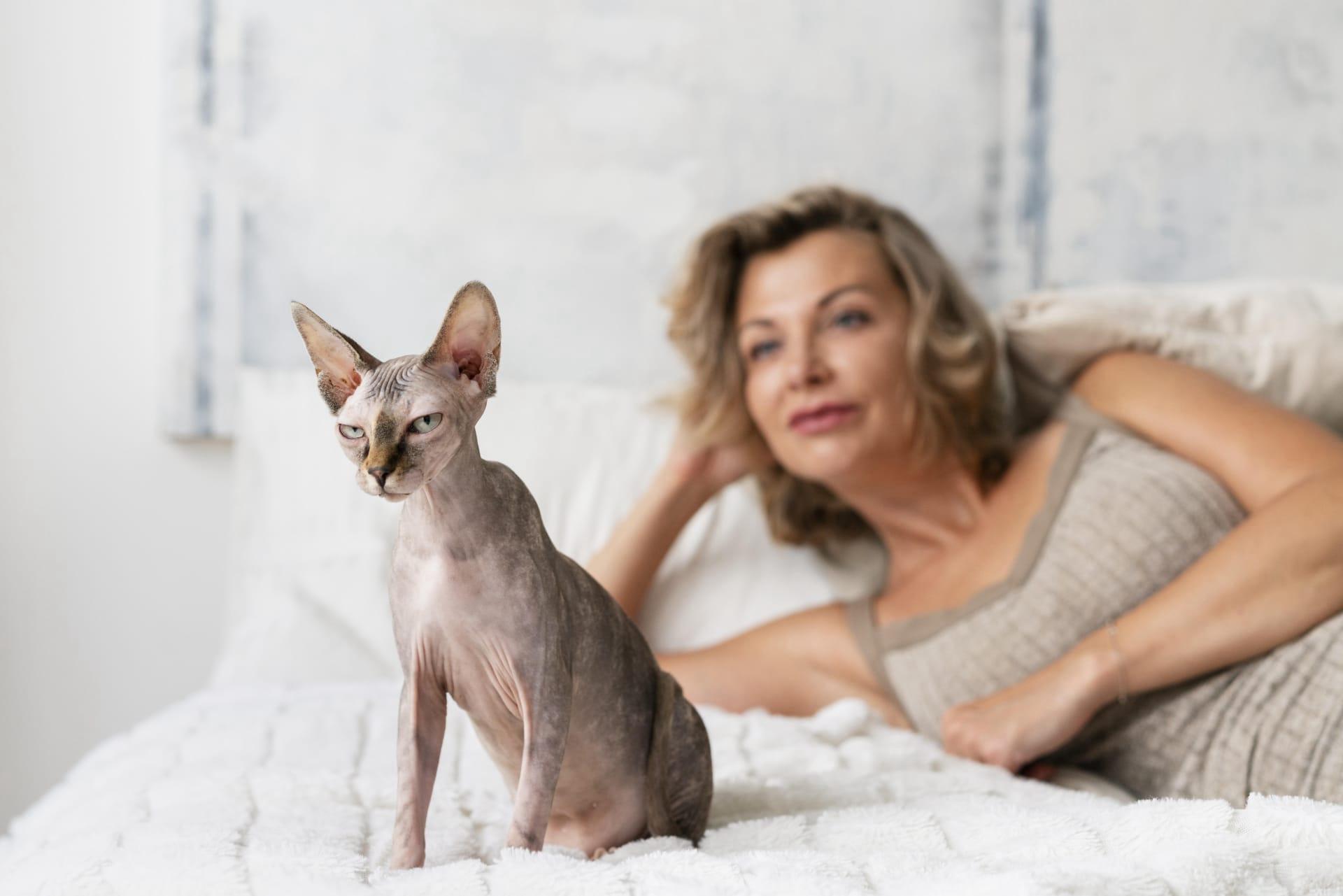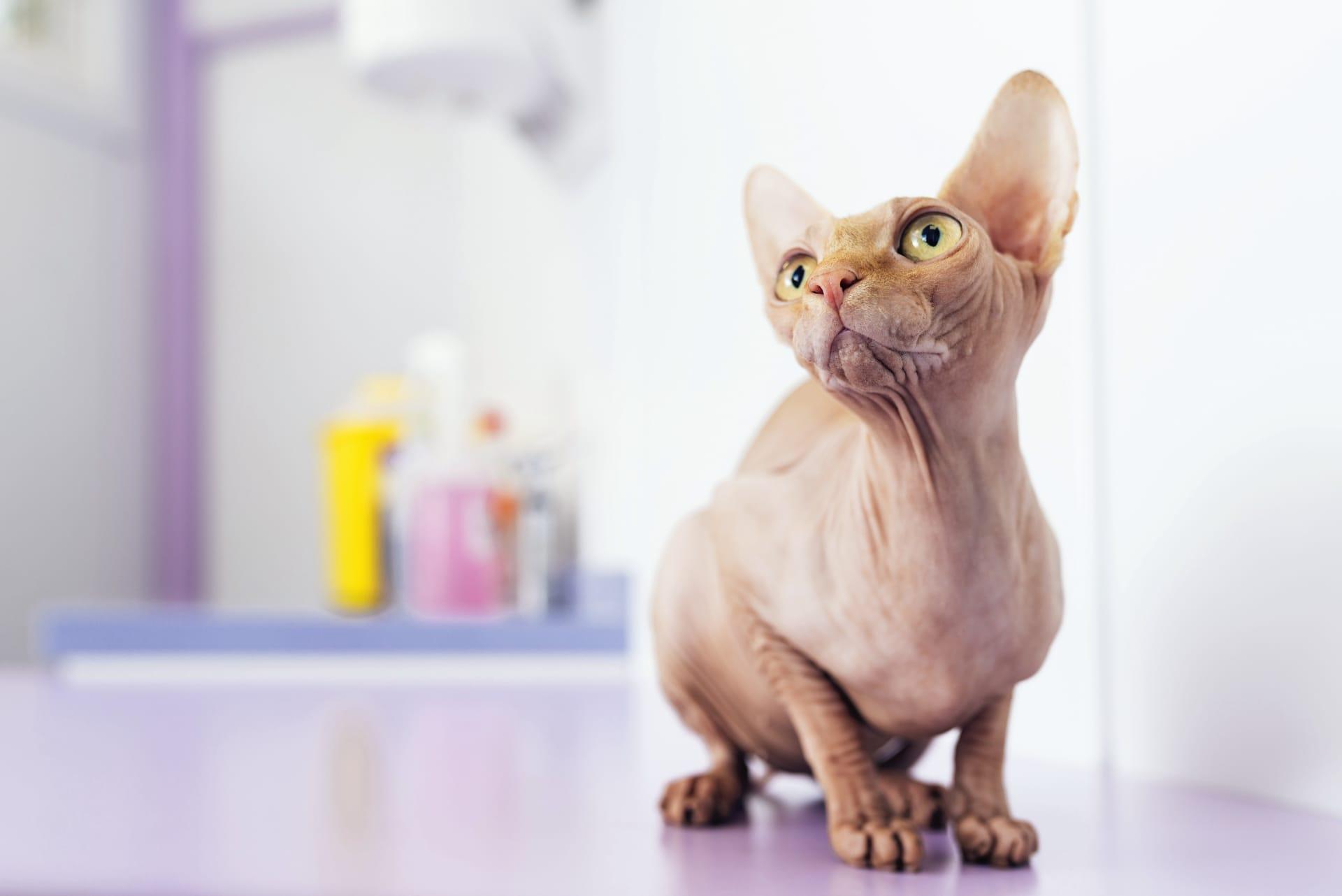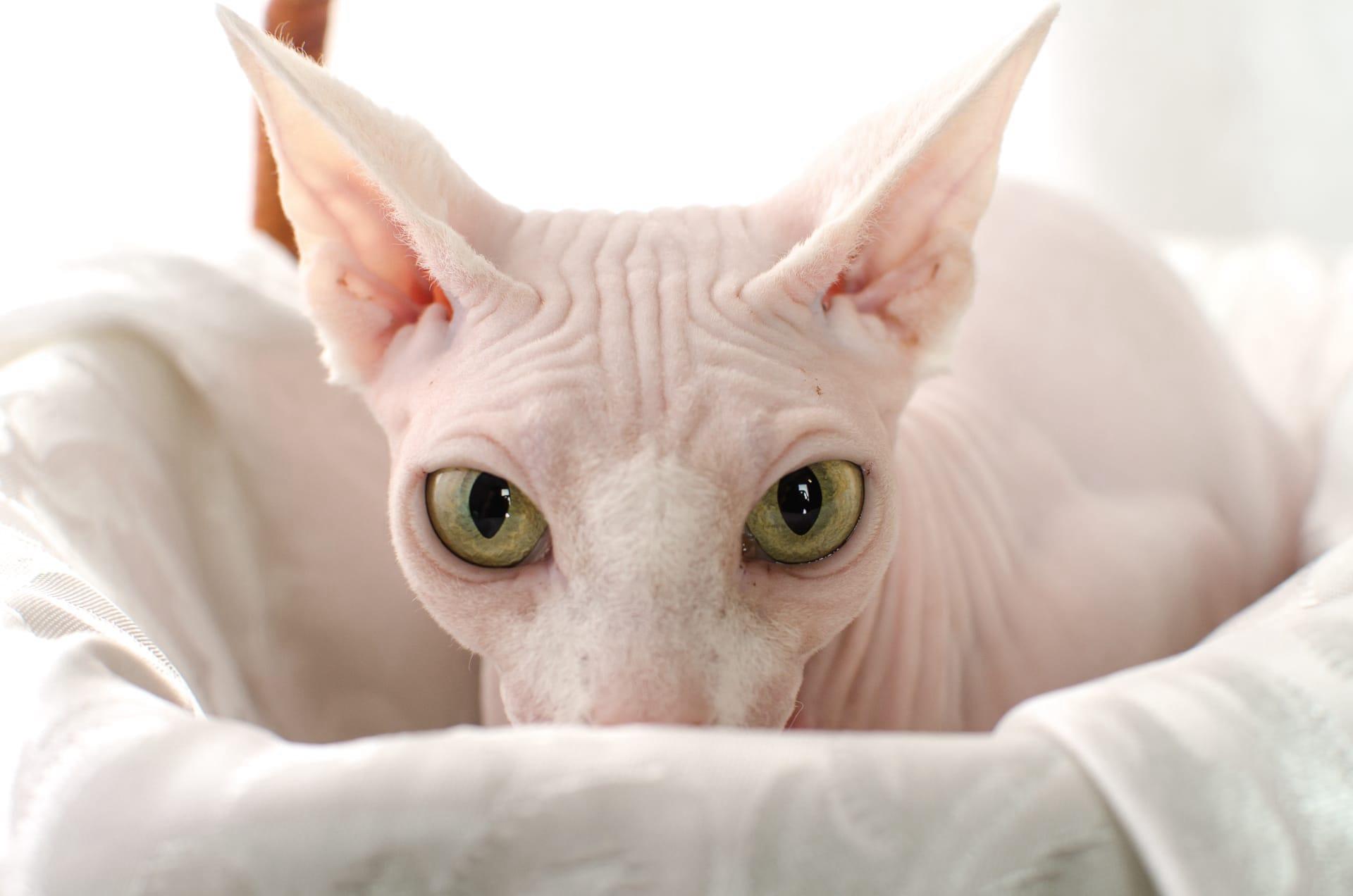1
The Sphynx cat, known for its lack of fur, compensates with skin that is warmer than the average feline's. Research indicates that the Sphynx's skin temperature is approximately 4 degrees Fahrenheit warmer than that of fur-covered cats. This unique adaptation helps the Sphynx maintain body heat, despite its apparent lack of insulation. The warmth of their skin, akin to a built-in blanket, makes them especially cuddly companions.
Originating in the 1960s in Toronto, Canada, the Sphynx cat breed was the result of a natural genetic mutation. The first known Sphynx, named Prune, was born hairless, marking the beginning of the breed. Despite Prune's initial health challenges, selective breeding programs were established to strengthen the gene pool. Today, Sphynx cats are celebrated for their robust health and distinct appearance, showcasing how a single mutation can lead to the creation of an entirely new and beloved breed of cat.

2
Sphynx cats possess an accelerated metabolism compared to their furry counterparts. This higher metabolic rate necessitates more food intake to maintain energy levels and body warmth. On average, a Sphynx cat may consume up to 2.5 times more food than cats with fur, making their diet a crucial aspect of their care. Their need for additional nutrients supports their active and playful nature, ensuring they remain healthy and energetic.
Contrary to the common belief that Sphynx cats are hypoallergenic due to their lack of fur, they produce normal levels of Fel d 1, the primary allergenic protein in cat saliva that causes reactions in humans. The Sphynx's skin can accumulate oils and sweat, which, when combined with saliva from grooming, can still trigger allergies. Regular bathing is recommended to minimize allergen accumulation, highlighting the importance of understanding the true nature of pet allergies.

3
The Sphynx cat's ears are notably larger and more prominent compared to other breeds, a feature that enhances their already unique appearance. The size and openness of their ears require regular cleaning to prevent buildup and infections. This characteristic not only adds to their distinctive look but also necessitates a specific aspect of their care routine, emphasizing the Sphynx's need for attentive grooming.
Despite their exotic and alien-like appearance, Sphynx cats are known for their affectionate and sociable behavior. They often seek out human attention, displaying a high level of loyalty and companionship. This social nature makes them excellent pets for families and individuals alike, craving interaction and warmth from their human counterparts. Their outgoing personality, combined with a penchant for snuggling, often sees them forming strong, affectionate bonds with their owners.

4
Sphynx cats exhibit a high level of intelligence and curiosity, making them adept at learning tricks and solving problems. Their keen minds, paired with a playful disposition, mean they can often be found engaging in games and interactive play with toys, humans, or other pets. This intelligence also manifests in their ability to use complex forms of communication, including a wide range of vocalizations to express their needs and desires.
Due to their lack of fur, Sphynx cats are more sensitive to temperature extremes, both hot and cold. In colder climates, they may require sweaters or blankets to maintain body warmth, whereas in hotter conditions, shade and air conditioning become necessities to prevent overheating. This sensitivity to temperature underscores the importance of providing a safe and comfortable environment tailored to their specific needs, ensuring their wellbeing throughout the year.

5
The skin of a Sphynx cat is not just hairless but also highly textured, often described as feeling like warm suede. This texture is due to the fine down on their skin, which is barely visible to the naked eye. The variety of skin tones and patterns that would typically be found on a cat's coat are instead visible on their skin, offering a unique palette of colors and markings that make each Sphynx cat distinct.
While the Sphynx cat's appearance is often what draws attention, their environmental impact is notably less than that of furry breeds. The absence of shedding reduces the amount of pet dander and hair in the home, which can contribute to a cleaner living environment. This characteristic, combined with their energy-efficient metabolism and affectionate nature, makes the Sphynx an appealing choice for those looking to minimize their household's allergenic potential and environmental footprint.